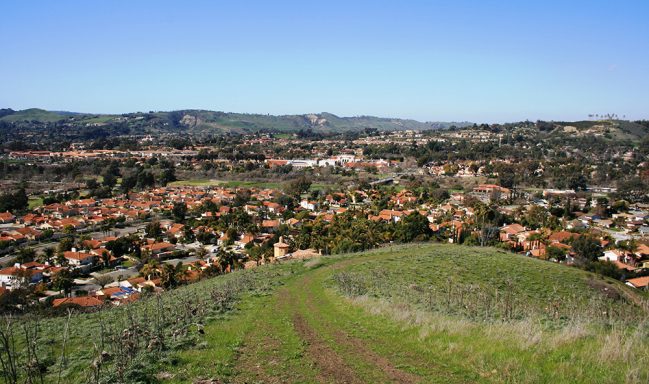A new preliminary plan for real estate investment has been set by the Orange County Employees Retirement System (OCERS), based in Santa Ana. Essentially, they intend to make three commitments ranging from $125 million to $175 million, which will be to their core real estate portfolio. In addition, they intend to make a four more commitments ranging from $75 million to $125 million for their non-core investments. This will be for the 2019 fiscal year. OCERS is a $15.7 billion pension plan that is known for making lucrative investments.
Plan to Rebalance Its Real Estate Portfolio
Not just that, but the pension plan is also rebalancing its existing real estate portfolio, which currently stands at $1.2 billion. They want 60% of their portfolio to be core and 20% to be non-core. In a memo released by OCERS on March 1, 2018, it was revealed that a new real estate consultant, Townsend Group, had been hired in order to work on the real estate portfolio.
Work with OCERS’ new real estate consultant Townsend on a strategic plan for the real estate portfolio.
The target for the total plan is a 7% return rate. According to the Townsend Group, however, the current portfolio is not sufficient to achieve this. At present, 80% of the portfolio is dedicated to core and just 20% to non-core, and this needs to be changed if goals are to be met.
Need for OCERS to Include Industrial Properties
Practically, it means that OCERS will need to be more exposed to industrial properties. In fact, they will need to increase this to 18% by 2022. At present, just 10% of its real estate investments are dedicated to industrial. The Townsend Group is known for its fantastic work in asset allocation and they have already started on OCERS’ strategic developments.
A multi-manager, open-architecture approach allows The Townsend Group to build durable real estate investment strategies with quality investment managers that cover the spectrum of risk profiles, geographic focus and investment structures.
Need to Increase Investments in Real Properties Too
Their recommendation for OCERS, so far, has been not just to increase industrial properties to 18%, but also to maintain its 25% investment in residential properties. They have also recommended that their current 40% exposure to office properties needs to drop to 32% by the end of the 2022 year. Furthermore, retail should increase from the current 15% to at least 18%. All other sections of the real estate portfolio should then remain as they are.
In addition, OCERS will now look at investing in a number of niche real estate sectors. These include medical offices and student housing. Furthermore, the Townsend Group feels entity level investments should also be considered. These include money managers, real estate developers, and real estate operators. In other words, it seems that their entire portfolio will go through a significant overhaul.
Scrutiny on ASB Real Estate Investments and Pictet Asset Management
OCERS has been very busy making changes. Specifically, they have been less than impressed with the performance of ASB Real Estate Investments and have subsequently placed them on watch. Although they did very well between 2013 and 2015, their open-end ASB Allegiance Real Estate Fund, which has $161.6 million in assets, did not perform as well.
ASB Real Estate Investments (ASB), a division of ASB Capital Management, LLC, is a leading U.S. real estate investment management firm with more than $7.2 billion* in gross assets under management from over 340 institutional clients.
Similarly, Pictet Asset Management was also placed on watch. However, this was due to personnel reasons rather than financial performance. They manage the debt strategy of local currency emerging markets and have a $284.6 million portfolio. However, their global debt manager recently resigned and this has caused OCERS to place the organization under some scrutiny.


